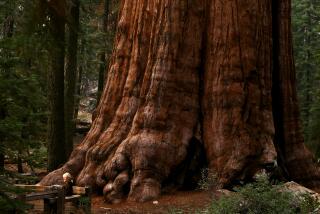A look at the evidence behind outdoor smoking bans

Here we are, at the height of beach season, and depending on the sand we choose, there could be a ban on smoking. Two researchers say the scientific evidence behind smoking bans in 843 parks and 150 beaches across the U.S. is not strong – and that might weaken trust in public health authorities.
Prohibition on smoking in parks and on beaches has three justifications, according to two Columbia University researchers, Ronald Bayer and Kathleen Bachynski. Those are: risk of secondhand smoke, pollution caused by cigarette butts and the risky role models smokers are to children.
“Our analysis of the evidence for these claims found it far from definitive and in some cases weak,” the researchers wrote. What they conclude is that what’s behind the bans is an effort to “denormalize” smoking as part of an overall public health campaign.
Basing policy on weak science “is hazardous for public health policymakers, for whom public trust is essential,” they wrote in the issue of the journal Health Affairs released Monday.
California leads the country in park and beach smoking bans, with 155 and 46, respectively, and it recorded the first outdoor smoking ban, in 1975 in Yolo County. By 2011, municipalities in all 50 states had passed bans in parks.
It’s interesting to note, the researchers say, that the American Lung Assn., the American Heart Assn. and the American Cancer Society greeted these bans “with indifference or outright skepticism.” They supported cigarette taxes, tobacco marketing controls and other measures.
Evidence that exposure to outdoor smoking is harmful “was far less certain than some proponents of total bans on smoking in parks and on beaches asserted,” Bayer and Bachynski wrote. And they quoted an American Lung Assn. official that efforts to enact such bans could divert attention from other initiatives. They also quoted a representative of the Campaign for Tobacco-Free Kids as saying in 2012 that “there’s not a lot of science around outdoor smoking bans.”
About the butts everywhere, the authors say no one used to mind the pile of them in an ashtray, but they’ve become “disgusting and pernicious” despite it being unknown whether they cause significant environmental damage.
That leaves the idea that “just the public act of smoking posed a threat to the well-being of children and adolescents because of the message it conveyed.” Again, they say, there’s not science to back up the idea.
Advocates for outdoor smoking bans, the authors say, should be candid about the evidence.
mary.macvean@latimes.com
@mmacvean on Twitter







